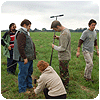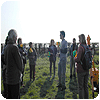










 |
||||||
An exciting archaeology project in Washingborough |
||||||
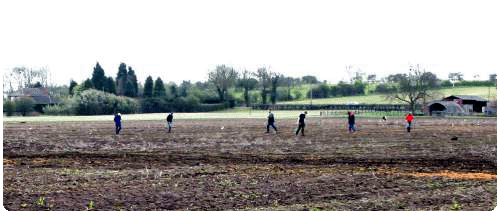 Recently (2003/4), an extensive archaeological survey was undertaken at Fiskerton, just across the Witham from Washingborough. The survey revealed a detailed picture of Fiskerton’s part of the Witham Valley over the last 10,000 years, enabling archaeologists to plot the winding route of the ancient river and giving context for the associated settlements and monuments. Of all the complex survey techniques used, two of the simplest proved most effective in telling the story of the landscape and its occupation: augering (taking core samples of the deposits); and field walking (collecting and carefully recording the exact location of every archaeological item scattered over the land surface, such as fragments of pottery and flints). We now have the opportunity to do something similar for the Washingborough side of the Witham Valley. Funding (see below) has been obtained by the Heritage Trust for Lincolnshire for augering and field walking in Washingborough on an area of up to 80 Ha. It will also include topographic, walkover and dyke surveys covering the Witham Valley from Lincoln to Five Mile Bridge. Funding will also cover the cost of some radio carbon dating which will help to date the different routes that the river has taken over time – which, from the aerial survey, look more complicated on the south bank than the north. The survey results will help to put into context the finds and sites previously recorded as well as the results from the current excavation in Washingborough. The project will run for one year and field walking has already begun – resulting in some very interesting finds of worked flint including a fine Neolithic arrow head (Below) 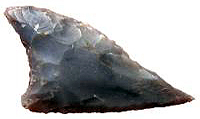
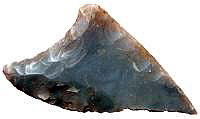 Latter Neolithic ‘oblique arrowhead’ This Project is funded by the Environment Agency, English Heritage and Lincolnsire County Council. |
||||||
|
||||||
| Auger survey report. 2005-09-19 by Alex Loven |
||||||
| Walkover survey report. 2005-06-16 by Alex Loven |
||||||
|
||||||
Fiskerton - Fieldwalking survey of the Causeway site and adjacent areas |
||||||
In 1981 and 2001, archaeological excavations on the north bank of the River Witham revealed evidence of Iron Age timber structures thought to be causeways. Along with the timbers was a spread of Iron Age and Roman pottery, metal work and bone. Parts of two Bronze Age log boats were also recovered in the 2001 excavation; these may have been incorporated into the structure of the causeway. The significance of all of these finds led to a conference being held in Lincoln to discuss possible further research and investigation of this site, along with other similar sites located in the Witham Valley. Following this conference, the Witham Valley Archaeological Research Committee was formed, with the aim of bringing together representatives of the different bodies involved in managing and investigating the natural and man-made heritage of the Witham Valley between Lincoln and Boston. A number of different investigations or surveys were proposed, including geophysical, remote sensing, aerial photography, auguring, fieldwalking and trial excavation. As Washingborough Archaeology Group was the most local fieldwalking group, we were asked to assist with the co-ordination of the fieldwalking under the direction of Heritage Lincolnshire and Archaeological Project Services from Heckington. 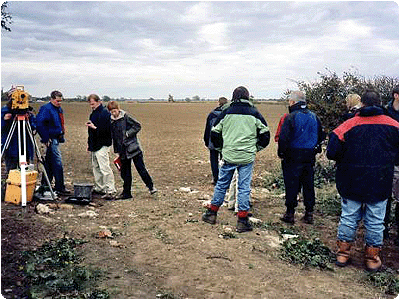 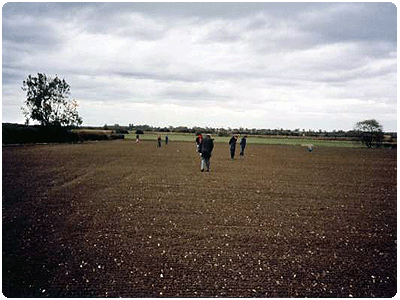 It was hoped that the fieldwalking survey would help to establish:
Much of the site is to be turned into grassland, with some wetland areas being created as part of a Stewardship scheme. This meant that the opportunity to fieldwalk the area would soon be lost. 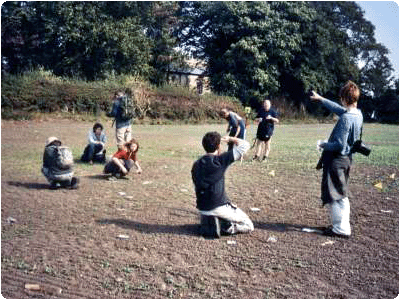 The first phase of fieldwalking began in April 2003 at the eastern end of Fiskerton village. Over a number of weekends a large part of the survey area, including the causeway site, had been fieldwalked. This first phase finished towards the end of May 2003. The second phase, to the west of Fiskerton village commenced in September 2003 and carried on until the end of October 2003 and covered the remaining fields in the search area. Our initial impression is that very few sherds of prehistoric pottery were recovered, whilst there was a general spread of post-medieval pottery in the fields to the south-east of Fiskerton. In areas where the sand breaks through the over-lying peat, there were concentrations of worked flints and struck flint flakes. Another area, close to Fiskerton village, produced a large concentration of late-medieval pottery and tile fragments. It is thought that this may indicate the site of a previously unknown kiln. The fieldwalking data is currently being processed and from it distribution plots of all of the finds will be created. Matt Vickers, December 2003 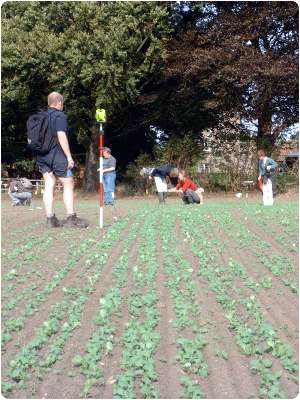 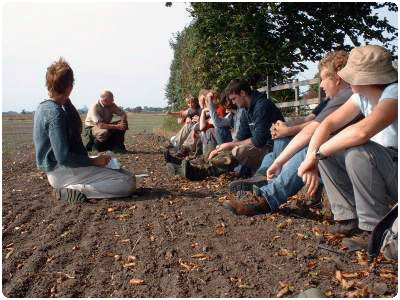 De-briefing from Jo Hambly, Community Archaeologist 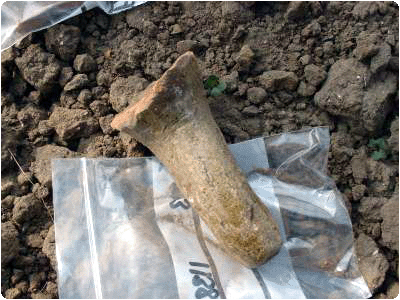 Late-medieval pottery handle |
||||||
v.4 'Rise of the Screen' |
||||||


